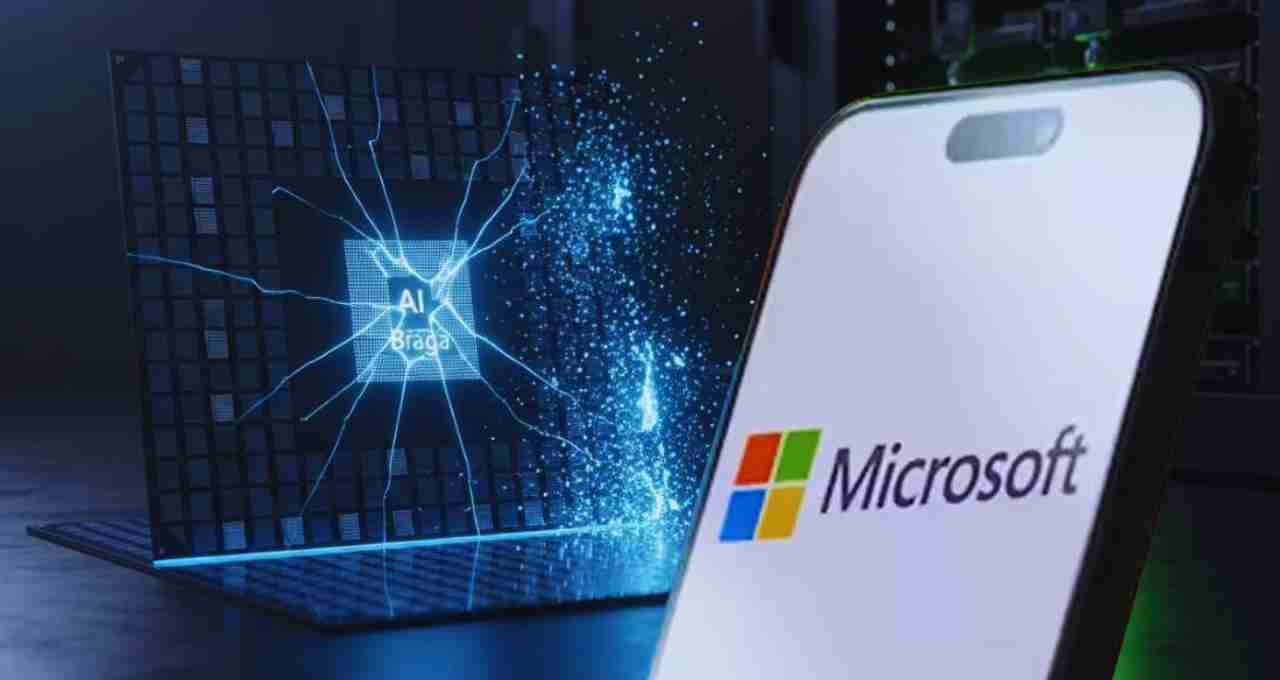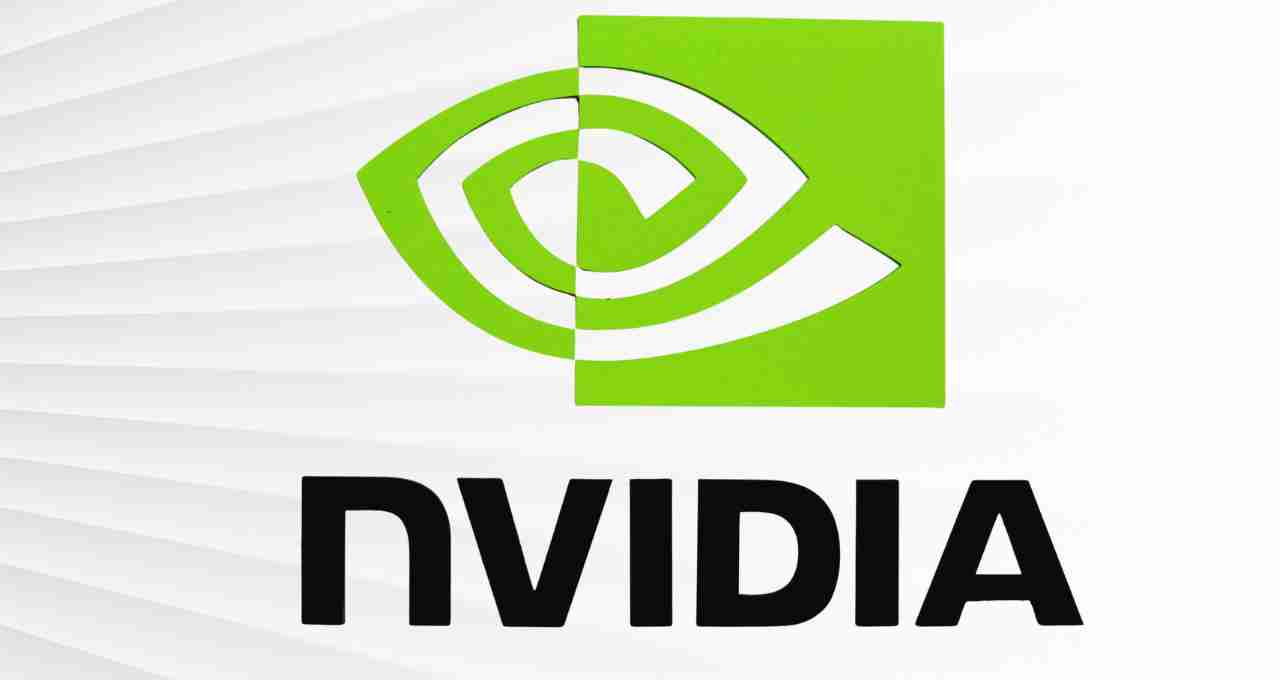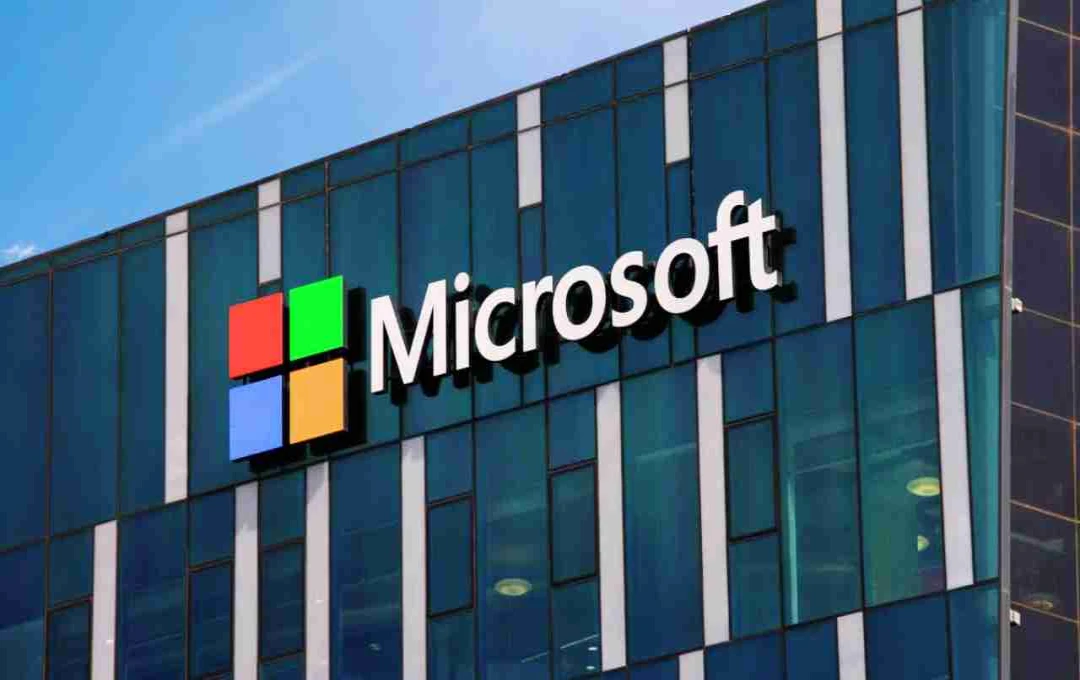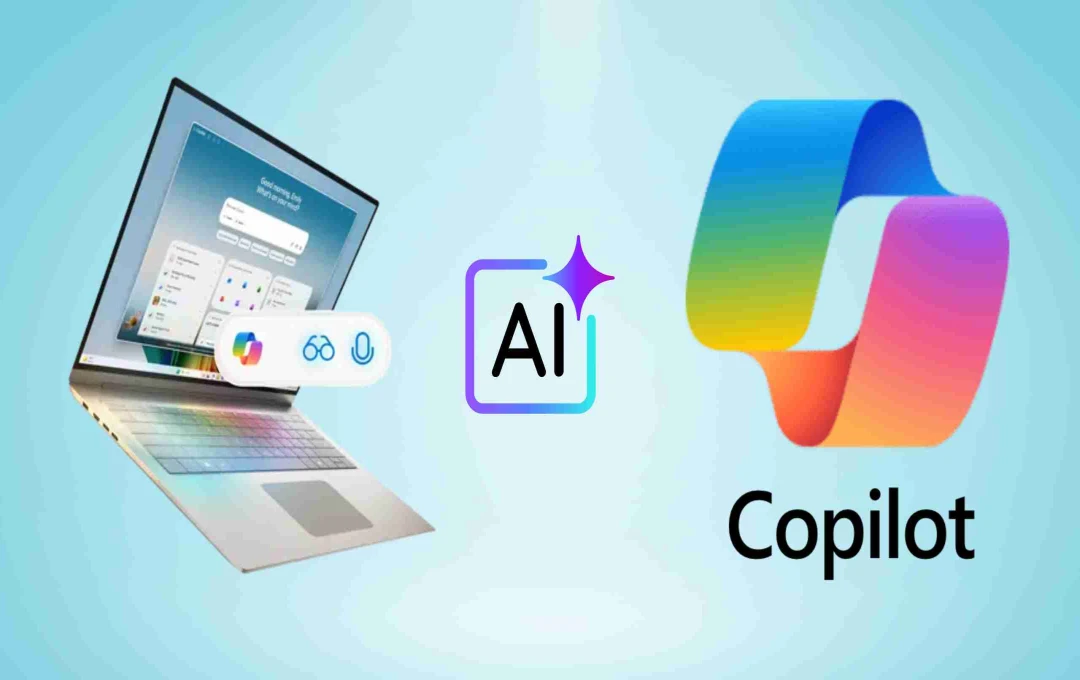Microsoft's AI chip, Braga, has been delayed until 2026. The delay is due to design changes and staff shortages, which will keep the company reliant on chips like those from Nvidia.
Microsoft AI Chip: In the race for artificial intelligence (AI), where tech companies are striving to develop their own custom chips, Microsoft has faced a setback. According to reports, the production of Microsoft's next-generation AI chip, 'Braga,' has been delayed by at least six months. It is now expected that its mass production will begin in 2026 instead of 2025.
The purpose of this chip was to reduce Microsoft's dependence on expensive graphics processing units (GPUs) from companies like Nvidia for its services. However, this plan may be affected as the chip's timeline has been pushed back, and it is also reported to be behind Nvidia's Blackwell chip in terms of performance.
What is Microsoft's 'Braga' chip?
The code name for Microsoft's next-generation chip is Braga. It is a part of the company's Maya custom chip series, which is being developed specifically for AI workloads and large data processing tasks.
Microsoft unveiled its first AI chip, Maya, in November 2023, with the aim of powering the Azure cloud infrastructure. However, Braga was a step further – intended to be a more advanced and powerful chip that could replace Nvidia's chips in Microsoft's data centers.
Why is there a delay in the production of the Braga chip?

Several reasons have emerged for the delay regarding the Braga chip:
- Unexpected design changes: Frequent changes in the chip's design have disrupted production preparations.
- Shortage of technical team: Microsoft has faced a shortage of experienced chip design engineers for this project.
- Staff turnover: The constant departure and arrival of employees in the team have prevented the maintenance of continuity.
- Performance lag: Reports indicate that Braga's performance lags significantly behind Nvidia's latest Blackwell GPU.
Due to these reasons, the initial rollout of the chip has been pushed from 2025 to 2026, which is considered a major strategic setback for Microsoft.
Where does Microsoft stand in the competition?
While Microsoft struggles with the production of Braga, its competitor tech giants have achieved significant advancements in their custom chip technology:
1. Google
Google unveiled the seventh generation of Tensor Processing Units (TPUs) in April 2025. These chips are specifically designed for Google Cloud's AI workloads and possess extremely fast processing power.
2. Amazon (AWS)
Amazon Web Services announced its new AI chip, Trainium 3, in December, which is expected to launch by the end of 2025. Its aim is also to accelerate the training of AI models and reduce costs.
These two companies have established themselves ahead of Microsoft through timely delivery and better performance in chip design.
Microsoft's Strategy: Reducing Reliance on Nvidia

Microsoft currently heavily utilizes Nvidia's GPUs on its cloud platform, Azure, especially for AI training. However, Nvidia's chips are expensive, and their availability is limited. In such a scenario, by making its own chips, Microsoft aims to:
- Reduce costs
- Develop specialized chips for AI workloads
- Achieve technological self-reliance
Braga was part of this plan, which is now facing a one-year delay.
What's next?
Although Microsoft's Braga chip has been pushed to 2026, the company is still accelerating its development. Tech industry experts believe that Microsoft still needs significant investment and research in the chip manufacturing process to be on par with companies like Google and Amazon.
Microsoft has b partnerships with AI companies like OpenAI, and in the future, it will want to improve these services through its own chips.












